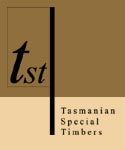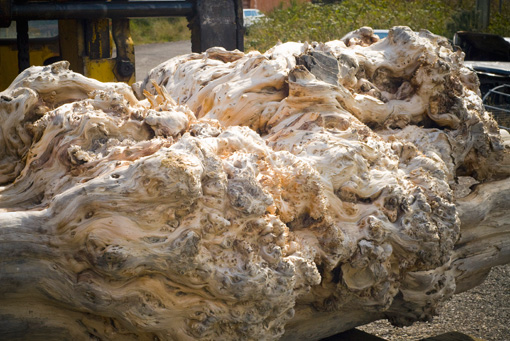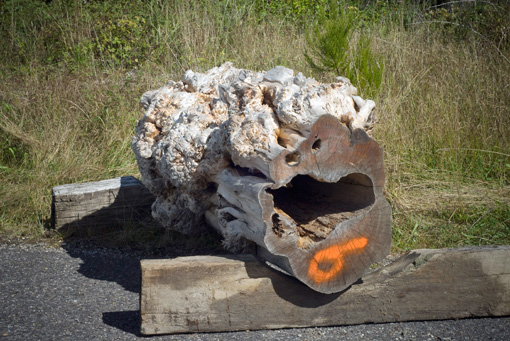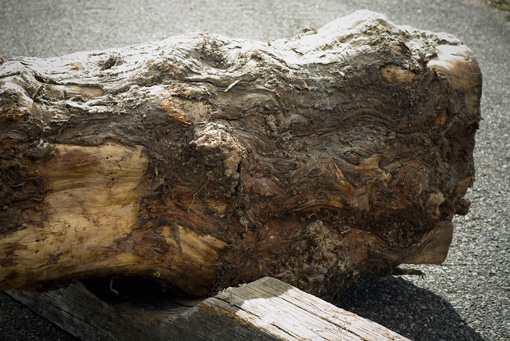
Teepookana
Salvage Operations
The Huon pine trees the timber comes from grew for 1,000+ years on the Teepookana Plateau, which overlooks the King River Valley east of Strahan.
The Plateau hosts what is probably the richest Huon pine forest in the world, and supported several timber getting gangs (called ‘piners’) from the 1890’s through to the 1930’s. During this time timber tramways were created, where draught horses dragged the logs from the far flung areas of the forest to a point above the King River. A spectacular log chute then shot the logs into the river, where they floated down with the current and were gathered up at the mouth by a log boom.
Pining at Teepookana declined after WWll, and was officially stopped in the late 1970’s, in recognition of the fact that, even though there are still large amounts of big old Huon pine trees in the area, it is neither sensible nor sustainable to cut down thousand year old trees.


Photographs by Jillian Smith Salamanca Images
But because the timber does not rot, it is feasible to go back into the forest and retrieve the heads and stumps of trees from the previous pining operations. In the past they ‘took the best and left the rest’; that ‘rest’ is the bent, twisted, holey and birdseye timber which is now so valued by modern Australians.
This timber, however, does not necessarily come from timber abandoned by the piners: In the process of pulling stumps from the forest floor we discovered an unexpected treasure trove – intact Huon pine logs lying under the forest floor. These trees lived for thousands of years and died unmolested by humans; their characteristic of resisting rot means that they lay on the forest floor gradually accumulating soil, often with new trees growing directly on top of them. In one place they reportedly found an eight-deep natural stack of logs under the ground; if the average tree is 1000+ years old, imagine how long ago the tree on the bottom of the pile took root!
And Teepookana timber has proven to be the best: wide, soft and clean, often with an attractive ‘bark intrusion’ pattern. After thousands of years in the damp forest floor, it’s ready for a good home.

